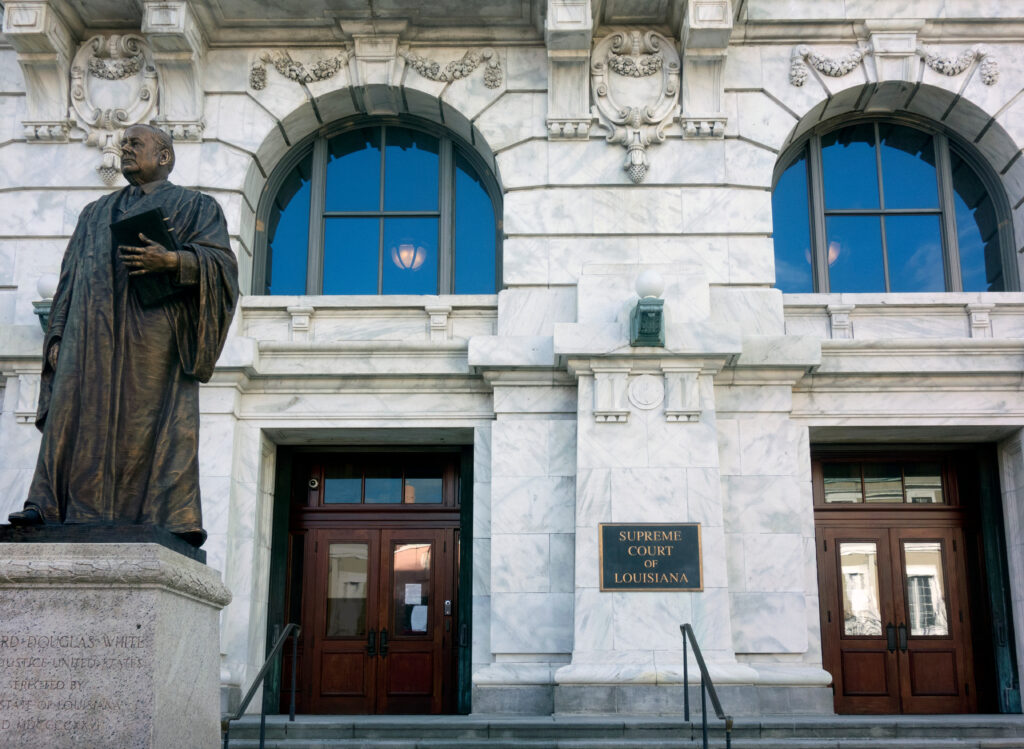Louisiana Governor Signs New State Supreme Court Map With Two Majority-Black Districts
WASHINGTON, D.C. — Voters in Louisiana will have a new Supreme Court map for the first time in over two decades after Gov. Jeff Landry (R) signed a new map into law last night that creates two majority-Black districts.

Despite having the second-largest Black population by percentage in the United States and Black residents composing about 32% of the state’s entire population, Louisiana has never had more than one Black justice on its highest court at a time. Throughout the state’s history only three Black justices have been elected to the Louisiana Supreme Court. The map itself has only been redrawn once over the last 100 years.
The map will allow the state’s Black voters to potentially elect their candidate of choice in two districts: District 2, which contains parts of Baton Rouge, and District 7 based in New Orleans.
In signing Sen. Cleo Fields’ (D-Baton Rouge) bill into law, Landry stated: “we fulfilled our responsibility and ensured the people of Louisiana will have a fair, democratic, and equally representative judiciary.”
Despite having a huge impact on how voters are represented, state Supreme Courts do not have to be reapportioned every ten years like congressional and legislative maps. Every state has a different method of selecting Supreme Court justices; Louisiana is one of eight states that selects their justices through partisan elections where candidates run in designated districts.
Now, in part due to a long-fought legal battle to bring Black Louisianans better representation, the state may finally have a fairer Supreme Court map. This comes after five of the court’s seven members encouraged the Legislature to adopt a map with an additional majority-minority district in a letter back in December.
Previously, the state’s Supreme Court map only had one majority-Black district — in Orleans Parish — which the state is required to have as the result of a consent decree in a decadeslong lawsuit. The 5th U.S. Circuit Court of Appeals is scheduled to rehear its own previous decision in the case in May and determine if the state will continue under court oversight and the parameters of the consent decree. A separate case challenging the map brought by the NAACP is ongoing as well.
This new map could also impact the two lawsuits currently pending in federal court. In response to the state’s new map, one of the plaintiffs from the NAACP’s case challenging the map, Reverend Anthony C. Allen Sr. declared the new map a victory for voters: “This is a historic moment for the State of Louisiana. We are pleased that the Legislature has created a second black majority district for the Supreme Court, and that unlike in 1997 when the first Black majority district was created, this time it is not under a court order. The case is now being resolved legislatively to create a second Black majority district giving Black residents more representation on the Louisiana Supreme Court. This is a win for the people of Louisiana.”
The state’s new Supreme Court map gives Black voters in Louisiana more say in who will be elected to the high court, which touches almost every issue in the state from voting rights to abortion to criminal justice reform.